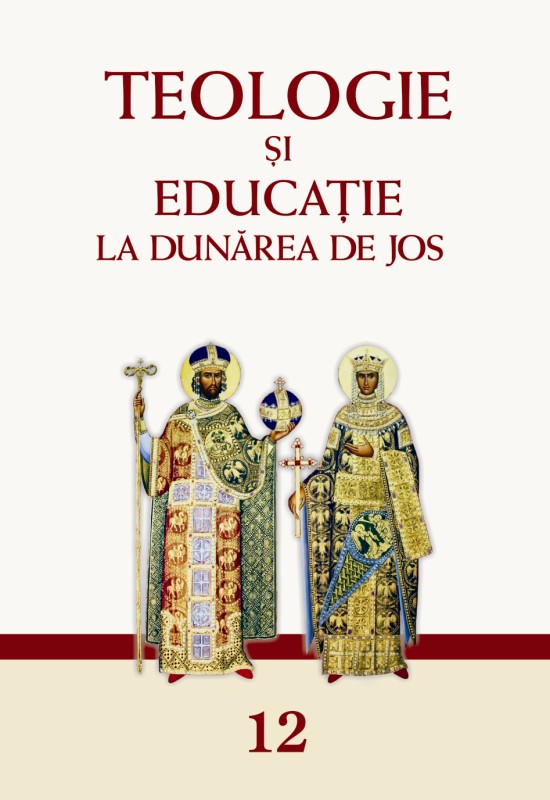Dezvoltarea vieții liturgice în timpul Sfinților Împărați Constantin și Elena
The development of the liturgical life during the Holy Emperors Constantine and Elena
Author(s): Nicolae D. NeculaSubject(s): Christian Theology and Religion, Theology and Religion
Published by: EDITURA ARHIEPISCOPIEI DUNĂRII DE JOS
Keywords: Church; martyrs; Baptism; Mysteries; holy days; Easter; Holy Cross;
Summary/Abstract: The work of Saint Emperors marked decisively the history of Christianity. The crystallization of the dogma and doctrinal clarifications made by the First Ecumenical Council, which was called at Nicaea in 325, made Constantine the Great the spiritual ”founder” of freedom and impetus of the Church’s life. Specifically, this study aims at doing a synthesis on how the Saint Emperors have contributed to the development of liturgical life in the Church by: building new places of worship, decorating the cult with theological, hymnographic and ritual-typicon forms that are still in use today, the establishment of primary forms of the order of Holy Sacraments and hierurgies, the generalization of Christian holy days and the status of Sunday as the weekly day of rest, specifying the rules for celebrating Easter, the development of the cult of saints and of the Holy Cross. After three centuries of terrible persecution and oppression, in the imperial strategy to support the Church, we note the harmonious cooperation between the son – St. Constantine and his mother – St. Helen. For this reason, Saint Emperors must be considered providential for the Church, they basically being institutional re-founders of the Church. In cult, the Church praises them today, calling them ”equal to the Apostles”.
Journal: TEOLOGIE ȘI EDUCAȚIE LA DUNĂREA DE JOS
- Issue Year: XII/2013
- Issue No: 12
- Page Range: 439-457
- Page Count: 19
- Language: Romanian

